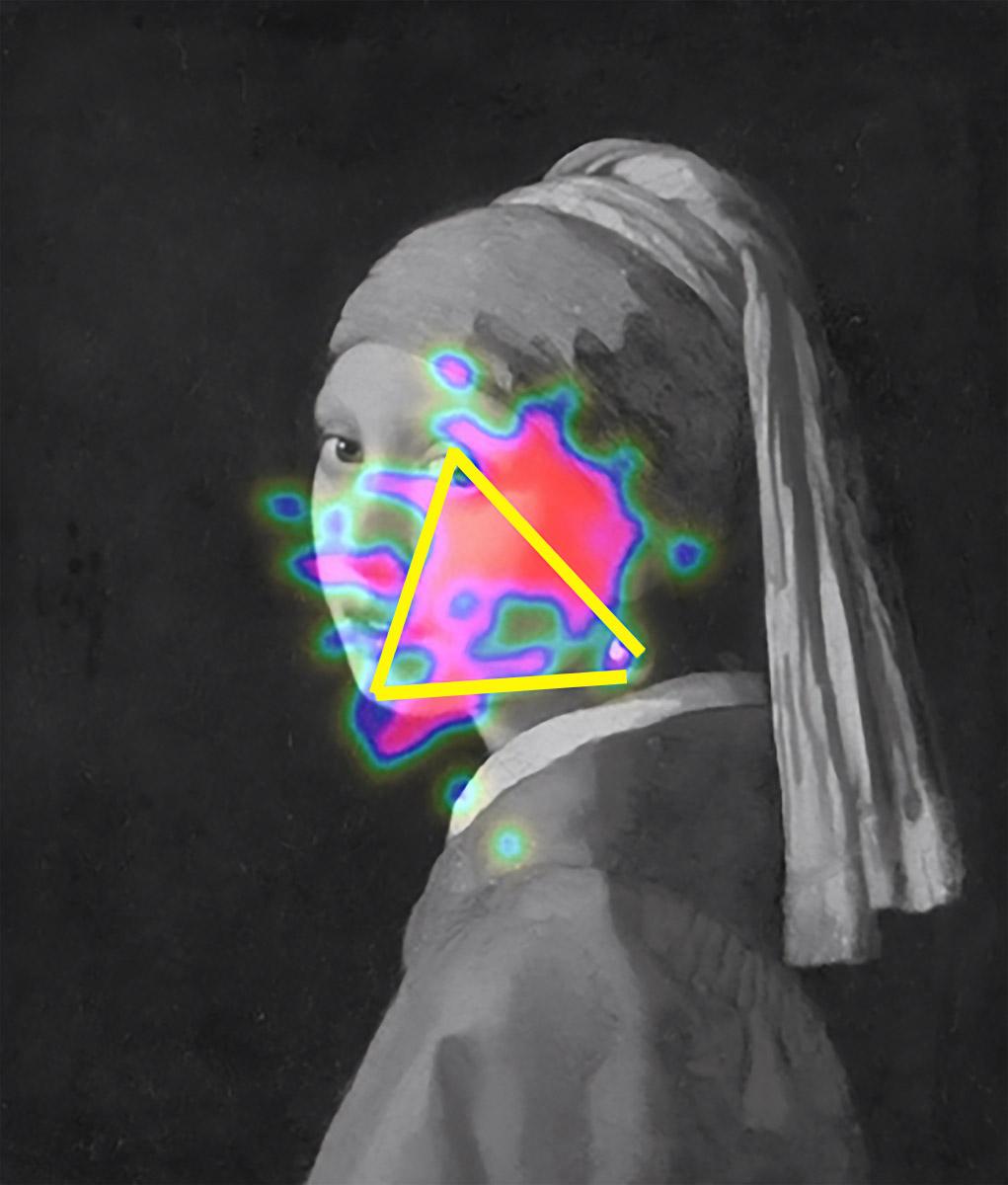The Benefits of Viewing Original Fine Art Paintings Confirmed by Neuroscience
When it comes to experiencing art, viewing an original painting in an art gallery is said to elicit 10 times more emotional response than looking at a reproduction.
Neuroscientists are constantly uncovering how art and beauty impact our brains and cognition. The latest neurological evidence confirms what many of us already feel: that experiencing original fine art is truly special.
“[Viewing] art stimulates your brain on several levels. It evokes excitement, triggers imagination, and makes you think about what you see. It’s the ultimate enrichment, activating your brain to the fullest,” said Erik Scherder, professor of neuropsychology at Vrije Universiteit Amsterdam.
Pathways of Visual Appreciation
“We are so good at vision that we tend not to recognize it as an ability or a process of any kind. But in fact, it is one of the most difficult things the brain does. … Our visual appreciation of the world emerges from networks of billions of neurons in the ventral visual pathway of the brain,” explained Ed Connor, professor of neuroscience and director of the Zanvyl Krieger Mind/Brain Institute at John Hopkins University.
According to the website VeryBigBrain, “The amygdala, which plays a significant role in emotional processing, can be triggered by emotionally charged artworks. The insula, involved in our sense of self and awareness, might be activated when a piece of art deeply resonates with us.
“Moreover, art perception is not confined to any single brain region. Instead, it involves a complex network of interactions across multiple brain areas, collectively called the ‘art network.’ This network includes sensory, emotional, and cognitive areas, underscoring the rich, multidimensional nature of our interactions with art.”
Fine Art and Neuroscience
Neuroscientific studies on fine art are slowly emerging. In 2011, professor Semir Zeki, chair of neuroaesthetics at the University of London, conducted a study to see how the brain reacted to viewing beautiful paintings. Using magnetic resonance imaging (MRI), he measured the blood flow to the desire and pleasure area of the brain—the medial orbitofrontal cortex—while study participants were shown paintings they deemed beautiful.
“The blood flow increased for a beautiful painting just as it increases when you look at somebody you love. It tells us art induces a feel-good sensation directly to the brain,” he told The Telegraph.
Recently, the Mauritshuis Museum in The Hague, Netherlands, commissioned neuroscience researchers to analyze how visitors respond to its paintings compared to viewing reproductions of them.

“Girl With a Pearl Earring,” 1665, by Johannes Vermeer. Courtesy of Mauritshuis
Twenty research participants wore eye-tracker glasses and electroencephalogram (EEG) caps to chart their gaze and measure their emotional responses. Ten research participants were first shown original paintings on display in the museum. These included three single-figure paintings “Girl With a Pearl Earring,” 1665, by Johannes Vermeer”; “Self-Portrait,” 1669, by Rembrandt; and “The Violin Player,” 1626, by Gerrit van Honthors. They also saw a multi-figure work “The Anatomy Lesson of Dr. Nicolaes Tulp,” 1632, by Rembrandt, and a town panorama “View of Delft,” circa 1660–1661, by Johannes Vermeer. They were then shown full-size poster reproductions of the three single-figure paintings in the Mauritshuis library.
The remaining 10 research participants viewed the paintings in reverse: They had their reactions analyzed when viewing the three reproduction paintings in the museum library and then the five original paintings on display in the museum.
Researchers carried out phase two of the study at the University of Amsterdam, where 20 participants were given functional MRI brain scans when viewing reproductions of the five paintings. The MRI scans recorded the “emotions underlying the EEG” data of the first study phase.
Results
The researchers concluded that viewing the five original paintings in the museum had an emotional response 10 times greater than when viewing reproductions of the paintings.
Eye-tracker data revealed part of the appeal of the “Girl With a Pearl Earring.” Research participants were consistently first drawn to the girl’s eyes, mouth, and then the pearl earring on a repetitive loop called a “sustained attention loop.” This sustained attention loop meant viewers lingered on the painting. Of the five paintings, this effect only occurred when participants viewed the “Girl With a Pearl Earring.”

An image showing the sustained attention loop that many research participants experienced when viewing Vermeer’s “Girl With a Pearl Earring.” Courtesy of Mauritshuis
Researchers also found that the precuneus area of participants’ brains was most stimulated when viewing the “Girl With a Pearl Earring.” The precuneus is responsible for self-reflection, self-awareness, self-consciousness, and episodic memories.
During the MRI phase of the study, researchers observed that participants who viewed the “Girl With a Pearl Earring” showed almost no negative emotions and measured “significantly lower on Danger and Disgust.” Researchers concluded that these factors increased the likelihood that viewers would “take a closer look at the painting, reflect on the meaning, and appreciate the work, potentially sharing it with others.”
Director of the Netherlands Museum Association Vera Carasso emphasized the importance of the study in a press release:
“We live in a time when we are increasingly confronted with copies and interpretations of reality. You might think that real, genuine art or objects therefore become less important, but the opposite is true: real is actually becoming more important. An encounter with a real work of art is much more intense than with a copy.
“How wonderful that this effect has now been scientifically demonstrated and can be seen in brain activity.”
To find out more about the Mauritshuis, visit Mauritshuis.nl
To see other kinds of arts and culture articles, please email ideas or feedback to [email protected]



